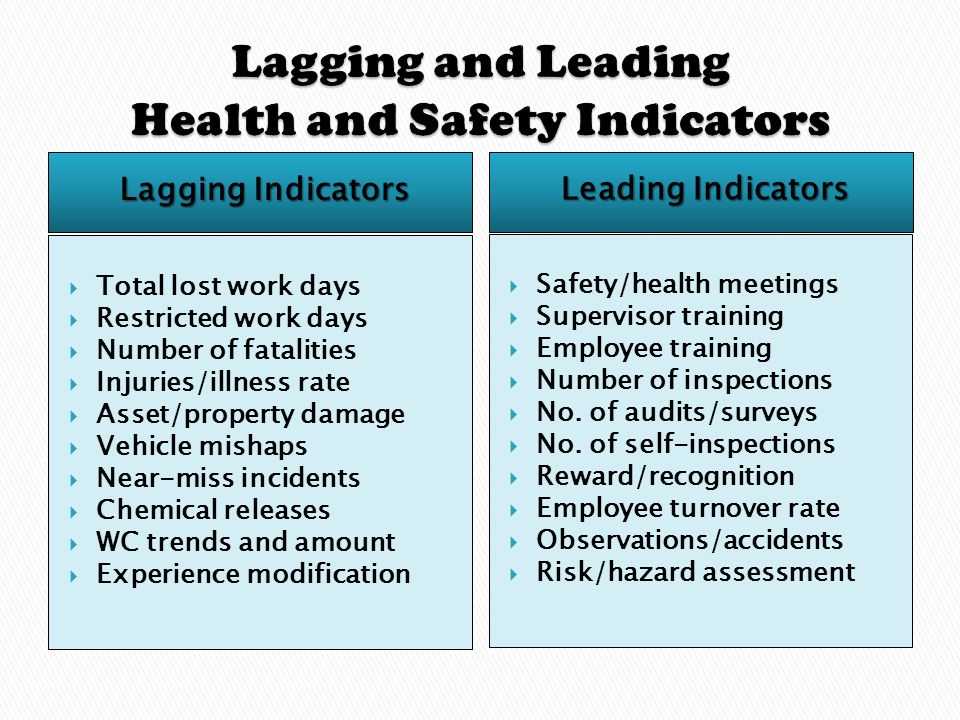Lagging indicators can alert a company to failure in an area of your safety and health program or to the existence of a hazard. Leading indicators can tell you whether your safety and health activities are effective at preventing injuries.
SLCCC Owner’s request lagging safety information from prospective bidders to be used as a comparative tool to select the most qualified bidders. Types of lagging indicators reviewed include Experience Modification Rates (EMR), OSHA Recordable Rate, OSHA Lost and Restricted Injury Rates as well as copies of the OSHA 300A forms. These expectations are outlined in the SLCCC published “Basic Safety Program Guidelines” that were updated in April 2019. Link: Safety Guidelines.
SLCCC Owner’s support the OSHA initiative to provide enhance focus on Leading Indicators as a vital tool in preventing worker fatalities, injures, and illnesses and to strengthen other safety and health outcomes in the workplace. To assist employers in learning about the use of leading indicators in more detail, OSHA has published an 18-page detailed guide called – Link: Using Leading Indicators to Improve Safety and Health Outcomes
Many Owner/Contractor organizations already use leading indicators for achieving safety or health goals and reduction of workplace hazards. According to OSHA, leading indicators are based on data employers are already collecting. You are basically collecting, organizing and analyzing data already collected by the business and using that data to improve an element of your safety and health program.
Check it Out! – Additional resources to get you started on the path of using leading indicators to improve safety performance:
Link: Additional Resources – Using Leading Indicators to Improve Safety and Health Outcomes






